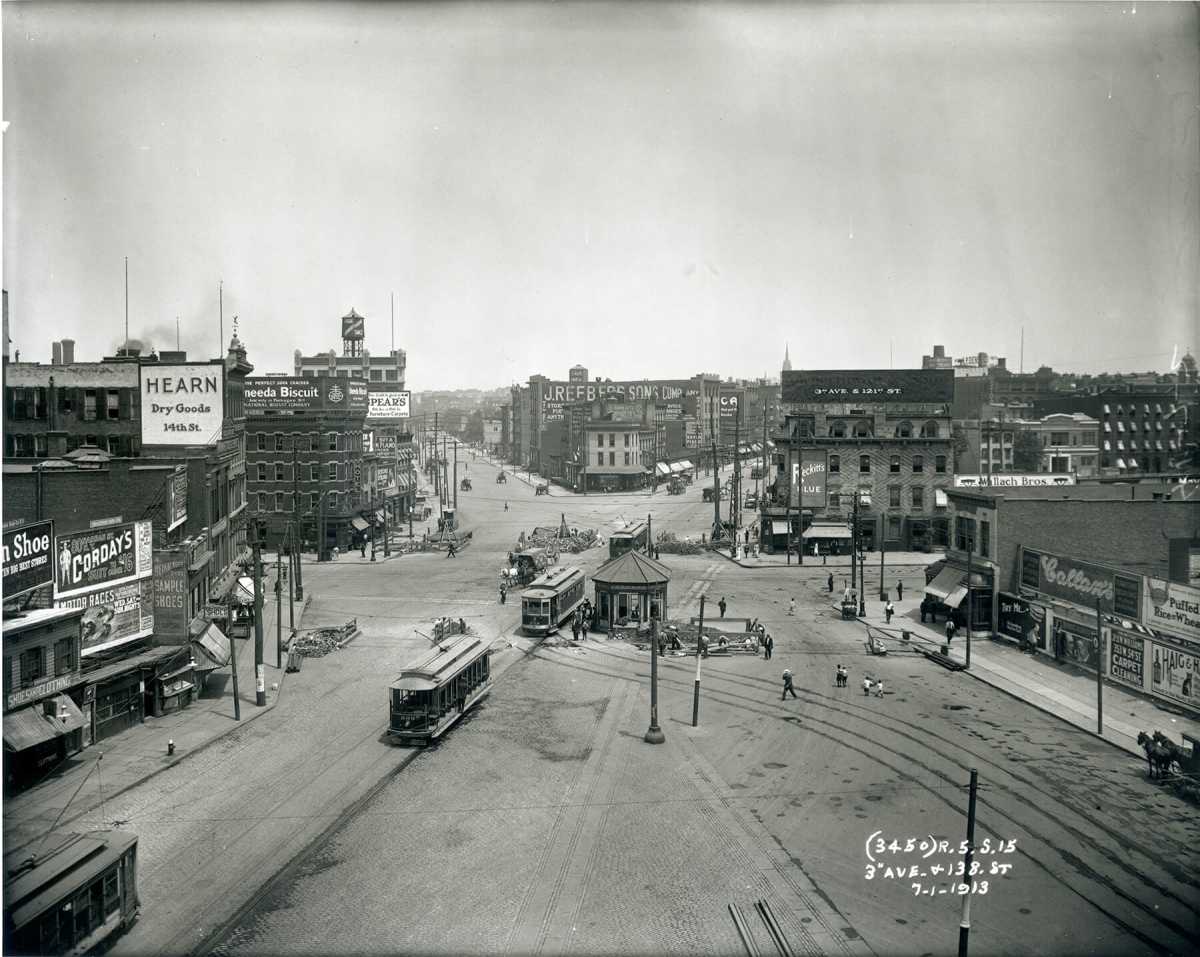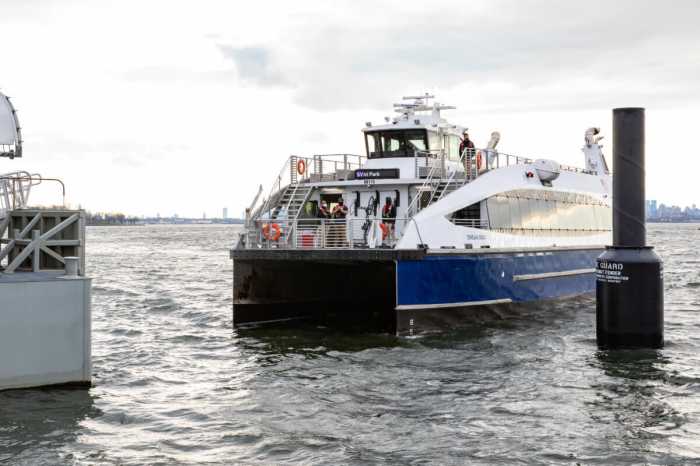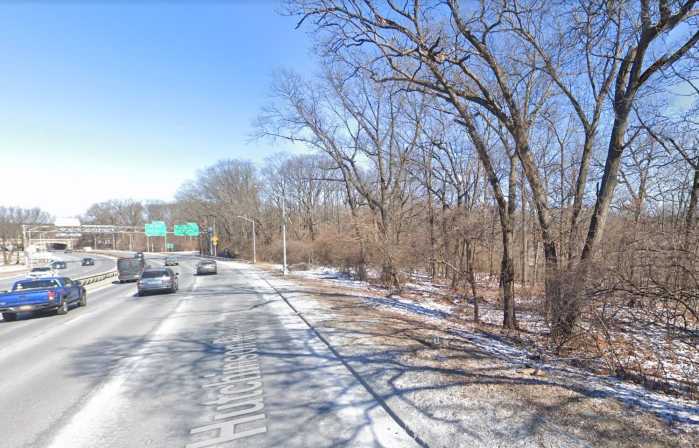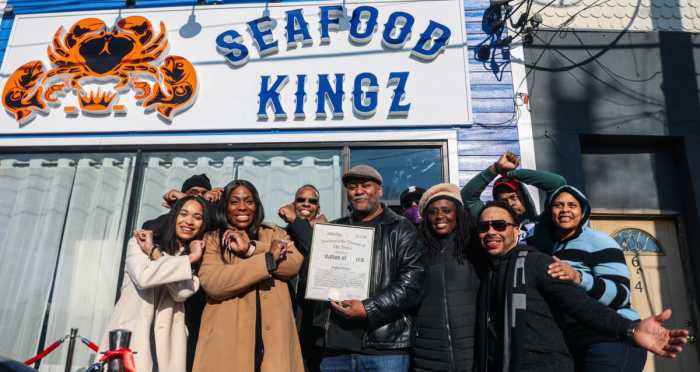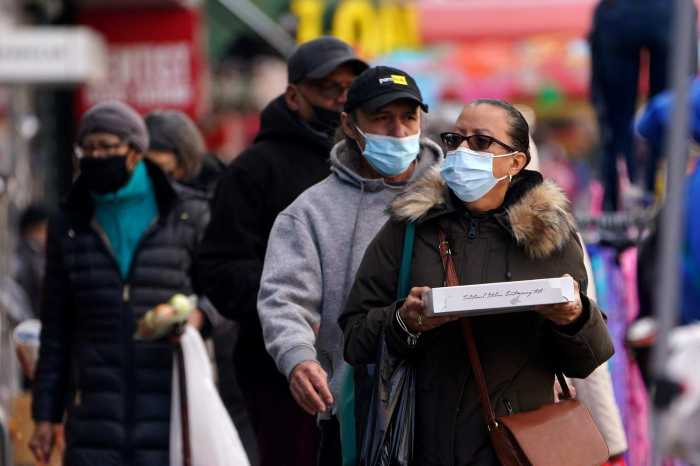A small new exhibit at the New York Transit Museum’s gallery at Grand Central Terminal explores the history of the Bronx and how the borough was shaped by waves of transit development.
“Building The Bronx” traces three-and-a-half centuries of transportation in the borough, from horse cars traversing farmland to the subway extensions that arrived at the beginning of the 20th century.
The Bronx is the only New York City borough on the mainland of the United States and its position between bustling Manhattan and the rest of the continent made it a hub for transportaiton early on in the city’s history.
The free history display is at the Transit Museum’s small store and gallery in the midtown transportation hub through October, and the curator hopes that straphangers will learn more about their borough before they hop on a Metro-North or subway train.
“A lot of people who live in the Bronx don’t realize that there was a pretty robust transit network there before the subway was extended into the borough,” said Jodi Shapiro.
Before the arrival of the subway in 1904 and 1905, the transportation system served only about 200,000 Bronxites across the borough’s 42 square miles of largely farmland strategically located between the city and fresh water sources in what is now Westchester.
Horse cars and trolleys crisscrossed the landscape, and their routes are still followed by today’s buses.
There was even a short-lived monorail on City Island between 1910-1911, whose cigar-shaped yellow car was known as the “Flying Lady” and was built to carry about 40 passengers at 20 miles an hour.
On its first day in operation on July 16, 1910, some 100 excited commuters squeezed in for the debut ride, with its inventor, Howard Hansel Tunis, at the helm.
The uncemented roadbed sank in, causing the monorail to lose its upper rail power and the car toppled over, injuring one straphanger seriously. The innovative transit mode ceased operations months later.
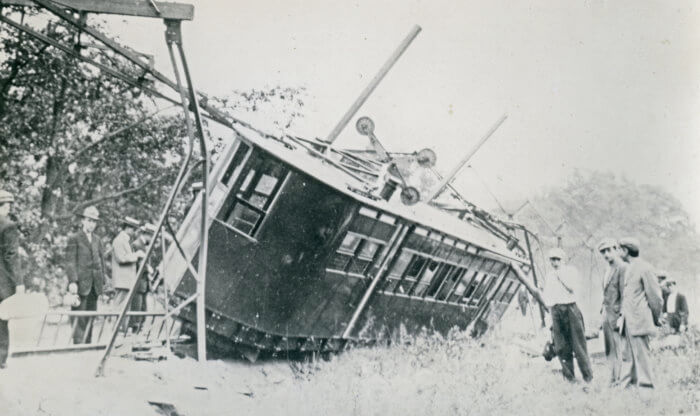
Steam railroads to Connecticut and Massachusetts also lined the borough, parts of which were later incorporated into the Metro-North and subway lines.
Remnants of the Gilded Age people-movers can still be found today on the subway’s Dyre Avenue line, which carries No. 5 trains into the northeast Bronx but used to be the former New York, Westchester and Boston Railway.
The rail company ran service there until 1937 and their former offices now house the E. 180th Street subway station on the Nos. 2 and 5 lines, which still boasts an elegant Italian Renaissance-style building.
“There really isn’t anything else like it,” said Shapiro.
“There are five former New York, Westchester Boston stations that are part of the Dyre Avenue Line,” she added. “You look at them and you’re just kind of like, that doesn’t look like any subway station I’ve ever seen.”
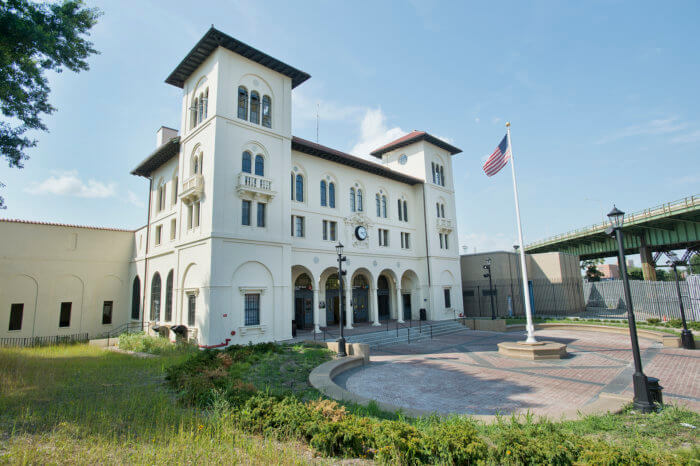
When the city took over the private subway lines in 1940, transit officials installed a third rail on that section of the tracks to power subway trains and repurposed parts from other shuttered elevated lines.
“Whenever something was decommissioned, they salvaged what they could as far as equipment and just reinstalled it elsewhere,” said Shapiro. “It’s a sort of untold story of upcycling.”
The transit history installation links those efforts to the Metropolitan Transportation Authority’s modern-day plans to add four new Metro-North stations on Amtrak’s Hell Gate Line in the East Bronx, also known as Penn Station Access.
“The Penn Station Access project, which is going to reactivate some of the older steam rail rights of way, so it brings the story full circle,” Shapiro said.
“Building The Bronx” at the New York Transit Museum Gallery & Store at Grand Central Terminal in the shuttle passage on 42nd Street and Park Avenue. Open Wednesdays through Fridays 11:30 a.m.–6 p.m. Free. For more information, visit www.nytransitmuseum.org.



